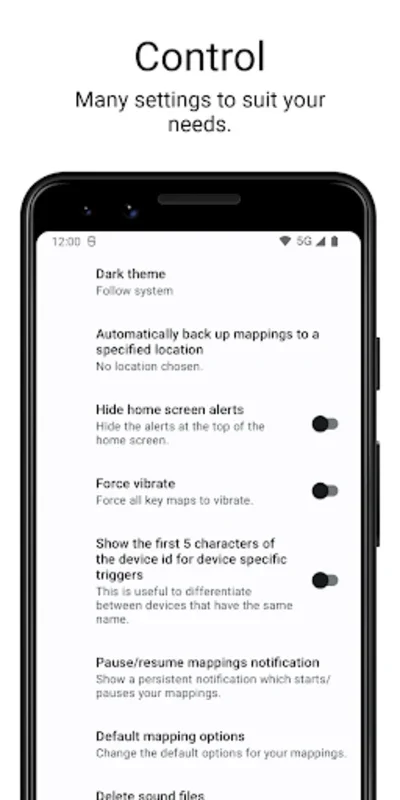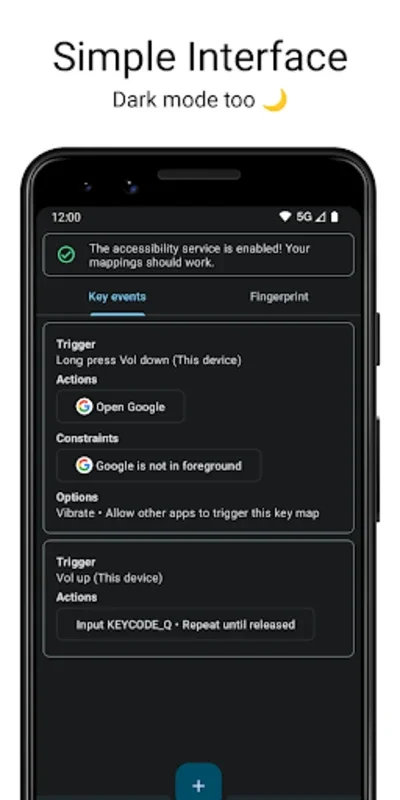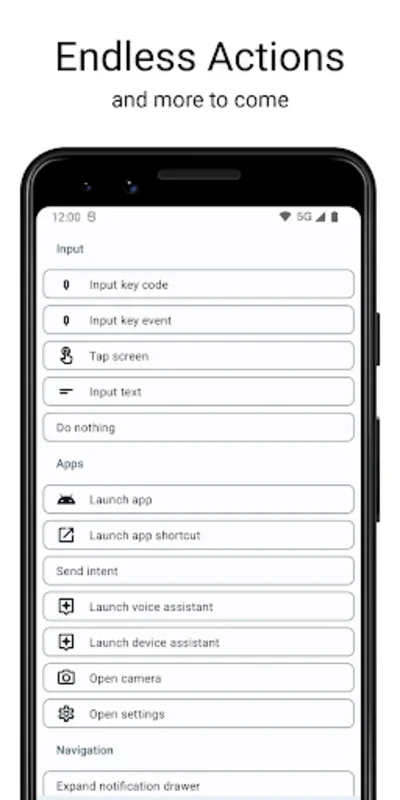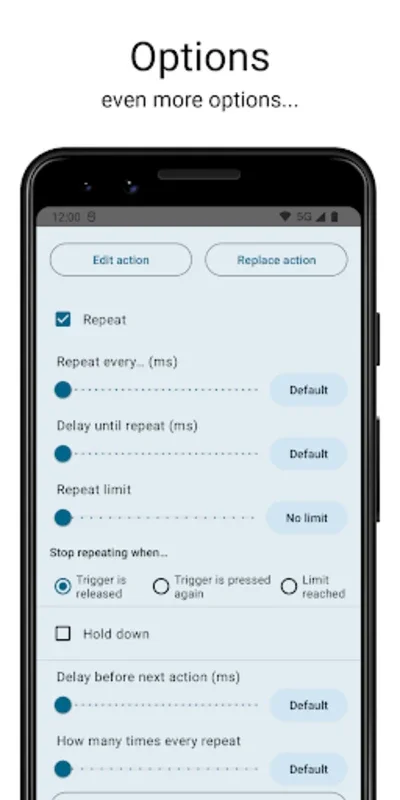Key Mapper App Introduction
Introduction
Device customization has become an important aspect of the modern user experience. Key Mapper is a remarkable software that offers users the ability to transform the way they interact with their Android devices. By allowing for the customization of physical buttons, it provides a level of personalization that can significantly enhance usability.
The Concept of Key Mapper
Key Mapper is designed with the idea of giving users more control over their device's hardware buttons. Instead of being limited to the default functions of buttons such as volume, navigation, and those on connected peripherals, users can redefine what these buttons do. This concept is not only innovative but also very practical in a world where users have diverse needs and usage patterns.
Customization Capabilities
Multiple Key Combinations
One of the most impressive features of Key Mapper is the ability to create "triggers" using multiple keys. This means that users can combine different physical buttons on their device or peripherals to perform a single action. For example, a user could set a combination of the volume up and the home button to launch a specific app. These combinations can be set to respond to different types of presses, such as short presses, long presses, or double presses. This level of flexibility allows for a vast array of possible customizations.
Constraints for Specific Situations
In addition to key combinations, Key Mapper also allows users to set "constraints." These are conditions that limit the activation of a particular keymap. For instance, a user might want a certain keymap to be active only when they are in a particular app or when the device is connected to a specific Bluetooth device. This ensures that the customizations are context - sensitive and do not interfere with normal device operation in other situations.
Limitations and Considerations
Device - Dependent Remapping
While Key Mapper offers a great deal of customization, it is important to note that the effectiveness of remapping can vary from device to device. This is due to manufacturer restrictions that are in place for various reasons, such as security and device stability. For example, some devices may not allow the remapping of certain critical buttons like the power button. Additionally, the software is not designed for remapping game controller specific keys, as this could potentially disrupt the gaming experience or violate the terms of use of the game.
Rooted Device and Android Version Requirements
Some of the more advanced customization options may require a rooted device or a specific Android version. This is because these types of customizations often involve accessing deeper levels of the device's operating system. However, most basic customization functions are accessible to all users without the need for rooting.
Screen - Off Limitations
Another limitation to be aware of is that keymaps are non - operable when the screen is off. This is due to Android system limitations and is a factor that users should consider when planning their customizations. For example, if a user wants to use a button combination to perform an action when the device is in their pocket, they will need to find an alternative solution as this will not work when the screen is off.
User - Friendly Features
Permission Management
Key Mapper has a user - friendly approach to permissions. Instead of asking for all permissions upfront, it will prompt the user only when necessary for specific features. This not only respects the user's privacy but also makes the installation and initial setup process more seamless. For example, if a user wants to use the feature that adjusts the screen brightness using a custom button, the app will only ask for the relevant permission at the time when the user tries to set up that particular function.
Integration with System Settings
The app also seamlessly integrates with the device's system settings. This means that actions such as screen brightness adjustments and rotation settings can be easily controlled through the custom keymaps. This integration provides a more unified and intuitive user experience, as users can perform these common actions using their customized button combinations without having to navigate through multiple menus in the device's settings.
Conclusion
Key Mapper is a valuable tool for Android users who are looking to personalize their device's functionality. Despite its limitations, it offers a wide range of customization options that can enhance the user experience. By understanding its capabilities, limitations, and user - friendly features, users can make the most of this software to create a more intuitive and customized interface for their daily device interactions.



